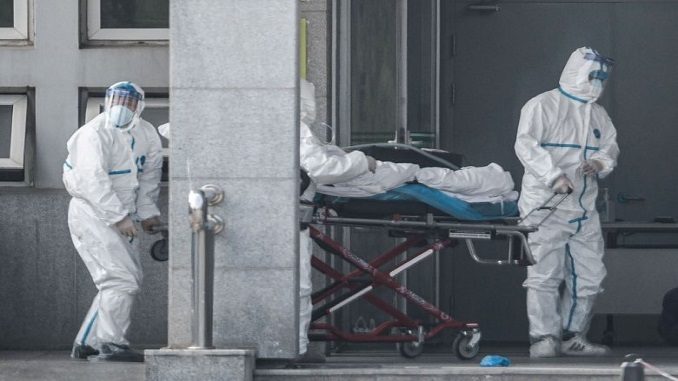
The priest gave a final benediction. There were no flowers, no embraces. Francesca Steffanoni and her mother hurried away from Bergamo’s main cemetery, their furtive farewell lasting no more than 5 minutes, The Associated Press reported.
Bergamo is the epicenter of the hardest-hit province of Italy’s hardest-hit region, Lombardy, the site of hundreds of coronavirus deaths. Families here are deprived of a bedside farewell with virus-stricken loved ones, or even a traditional funeral, and the cemetery is so overwhelmed by the number of dead that military trucks transported 65 bodies to a neighboring region for cremation this week.
Steffanoni had taken her mother to watch as the coffin containing an 82-year-old relative — a widower with a heart condition, struck down with the virus — was driven inside the imposing gates. They wore masks and gloves; they kept their distance, AP adds.
“In theory, we should not have gone. But it was one of her last relatives who remains,” Steffanoni said.
According to unofficial figures, more than 600 people infected with the virus have died in the province, which is tucked up against the Italian Alps and accounts for more than a quarter of all deaths in Lombardy, even though it represents only a tenth of the region’s population of 10 million.
“We are confronting the biggest COVID emergency after Wuhan,” said Dr. Luca Lorini, head of intensive care at Bergamo’s main hospital, named for native son Pope John XXIII, where nearly 500 beds are dedicated to people suffering severe symptoms of the virus, 80 of those in intensive care. “The numbers tell us this.”
But the numbers thus far don’t tell the whole story.
Provincial mayors are sounding an alarm that the virus-related toll fails to reflect a spike in deaths in the general population among those who have not been tested. Last week alone, 400 people died in Bergamo and 12 neighboring towns — four times the number who died the same week the previous year, according to the Bergamo mayor’s office. Only 91 of those had tested positive for the virus.
People on the front lines of the virus fight, including hospital officials, funeral operators, city administrators and union leaders, told The Associated Press that Bergamo’s crisis might have been prevented had their individual requests to create a red zone around the area as early as Feb. 23 been heeded.
Instead, strict containment measures were extended to Bergamo only on March 8, two weeks later, without ever isolating two valley towns where the outbreak was first recorded.




Be the first to comment